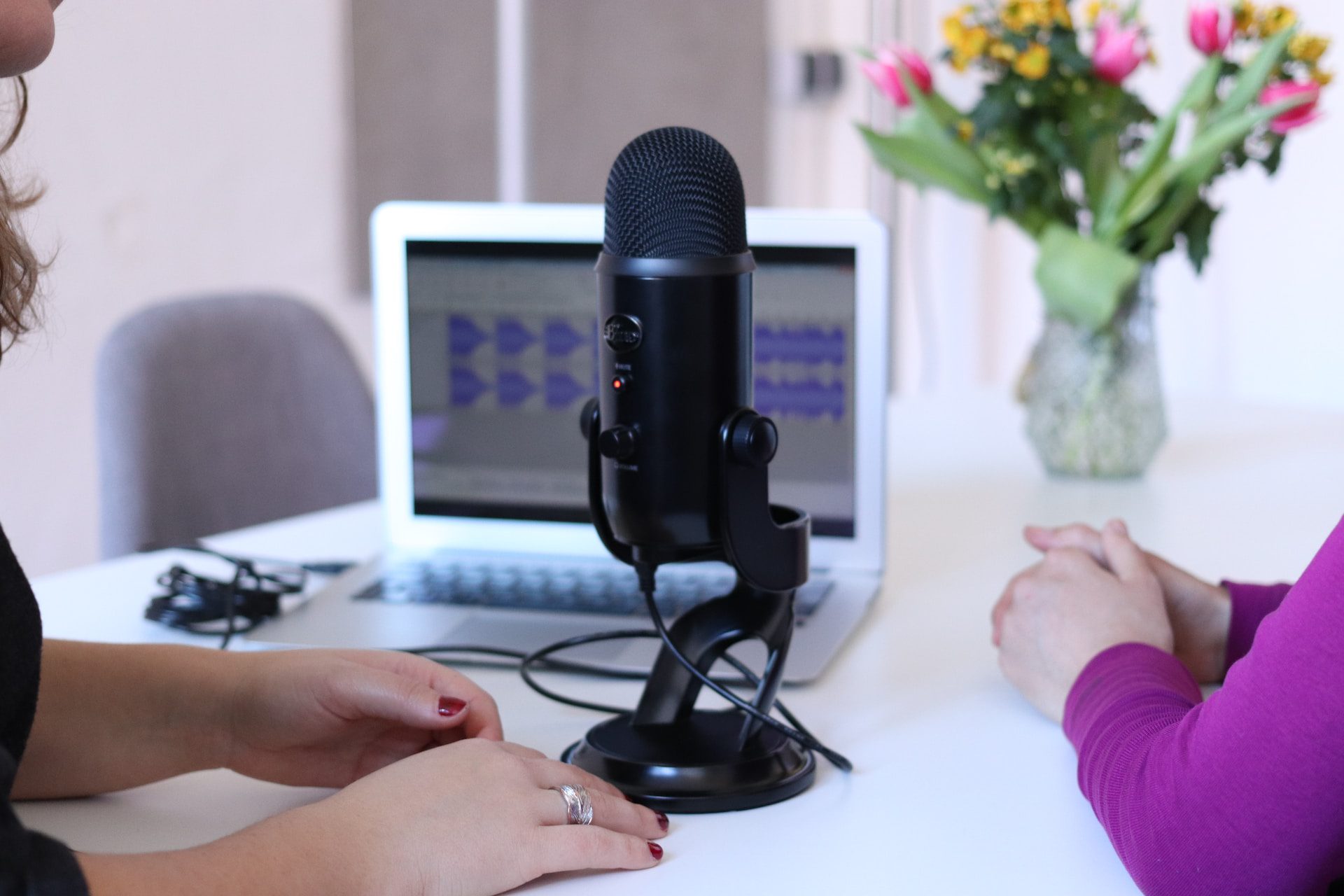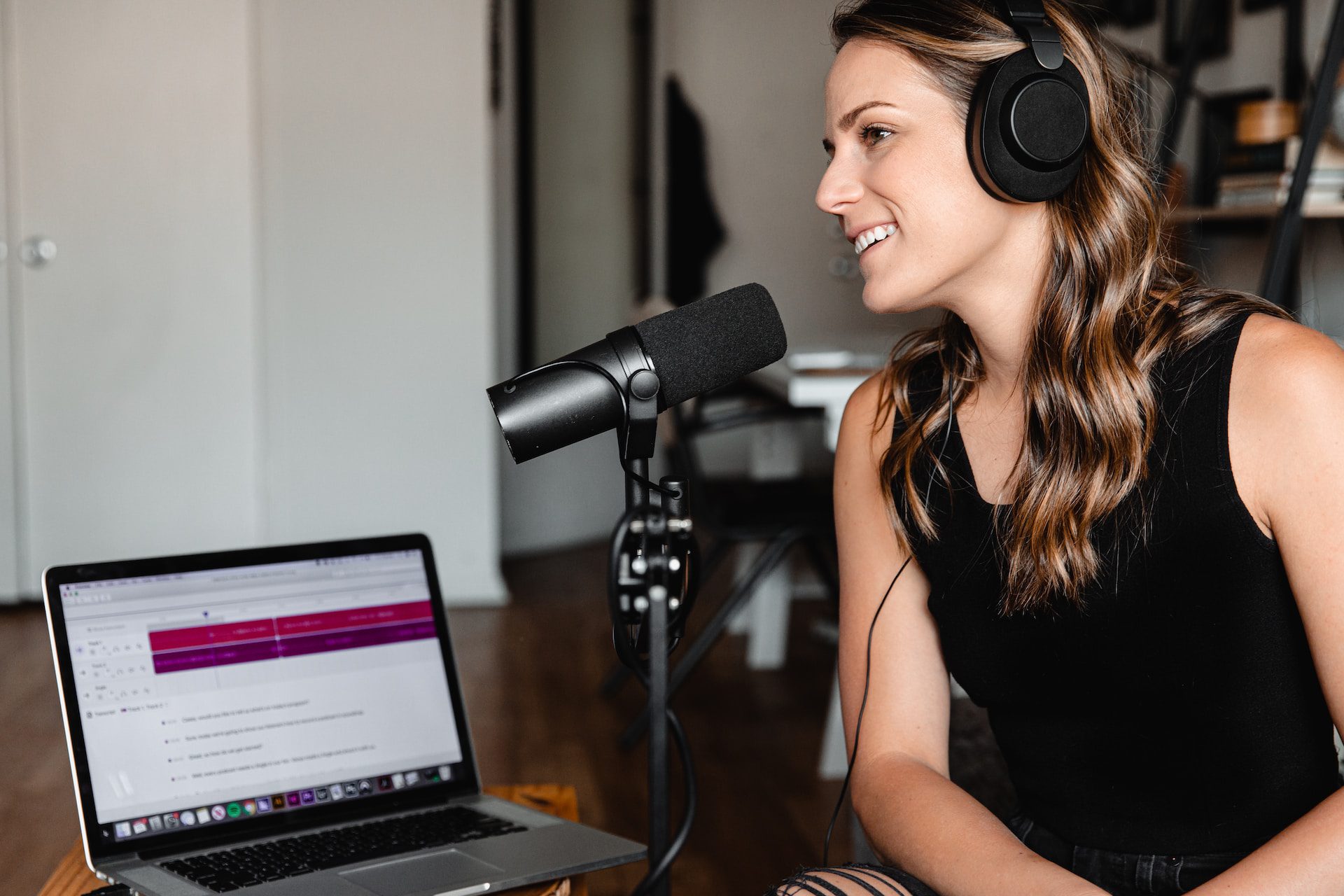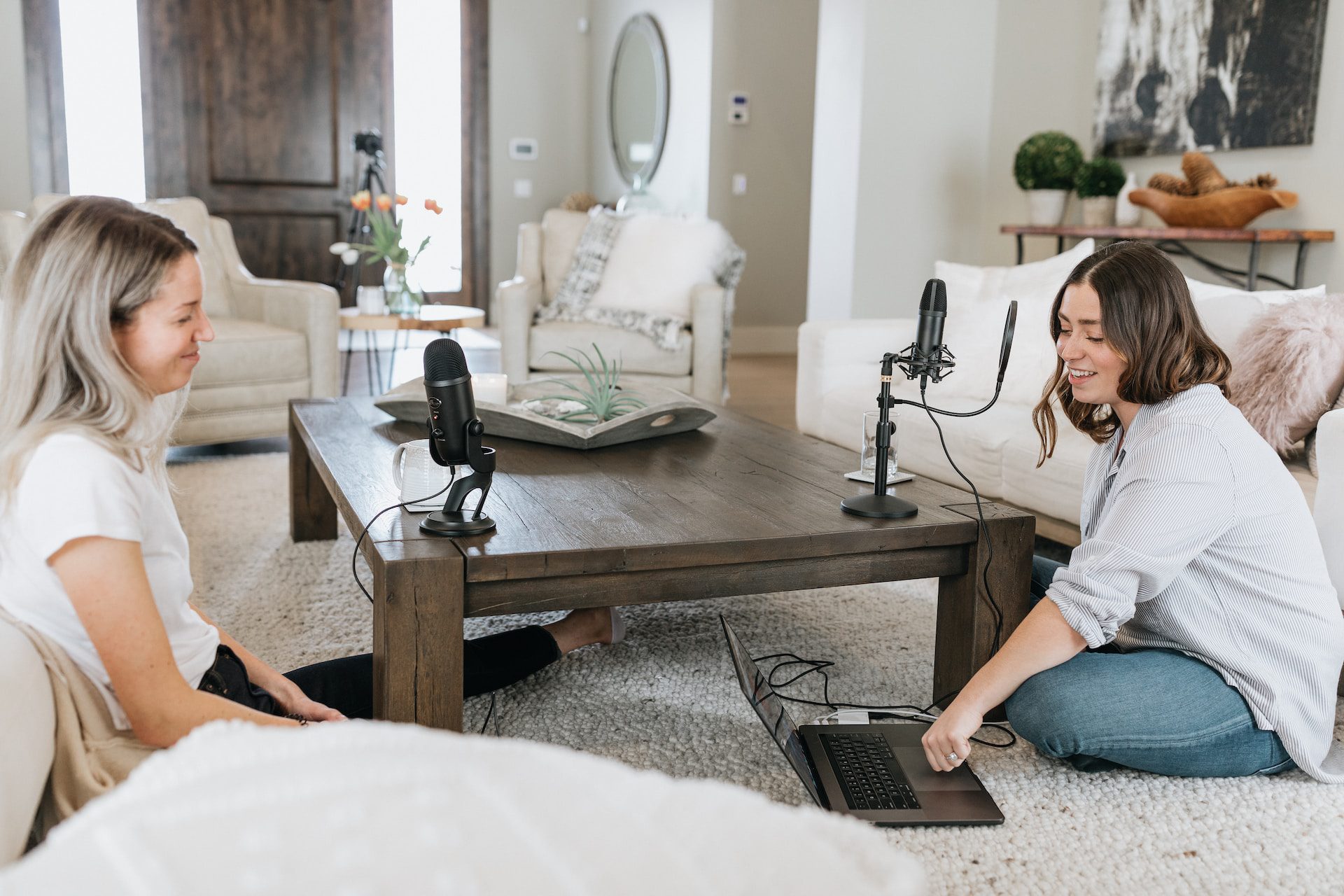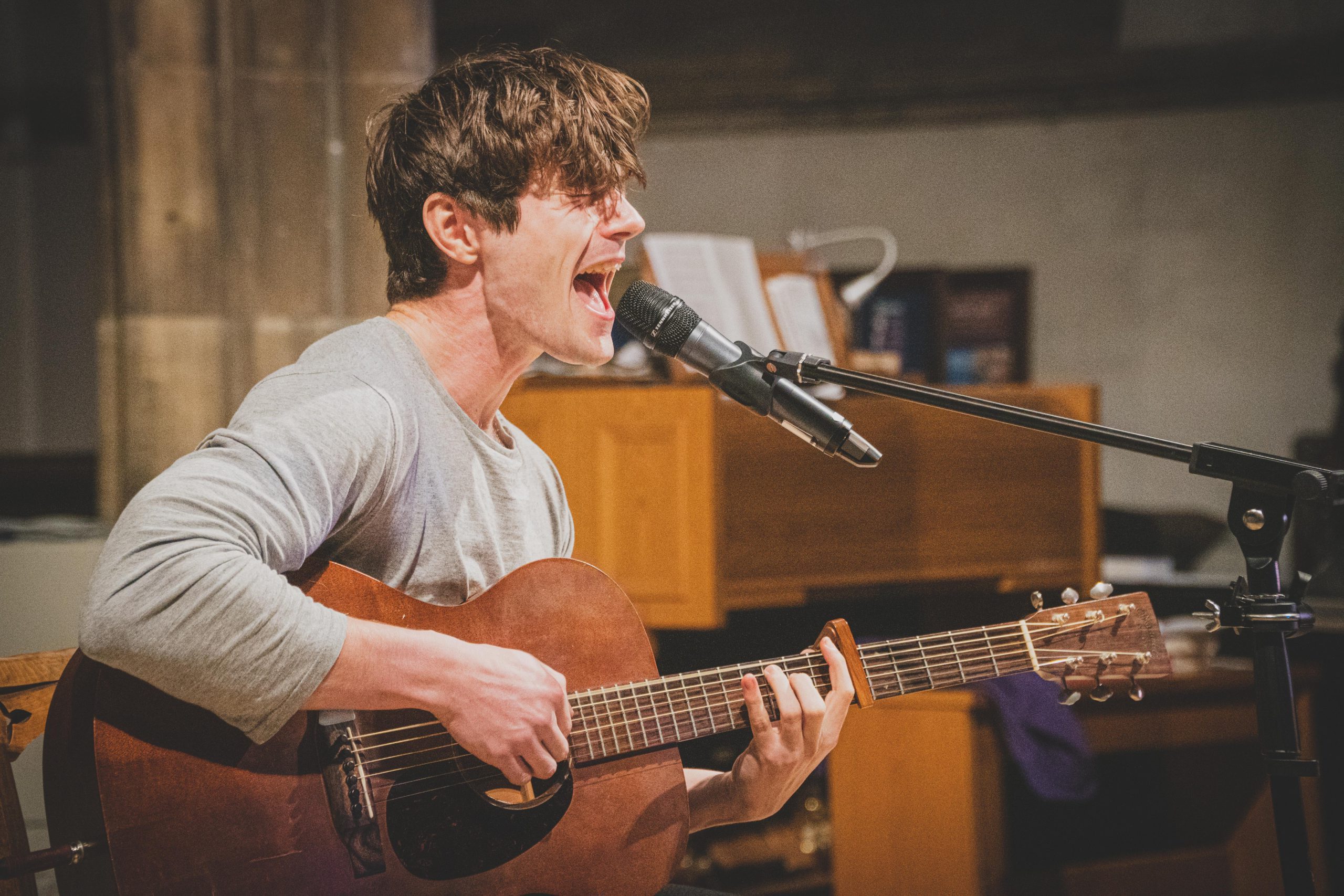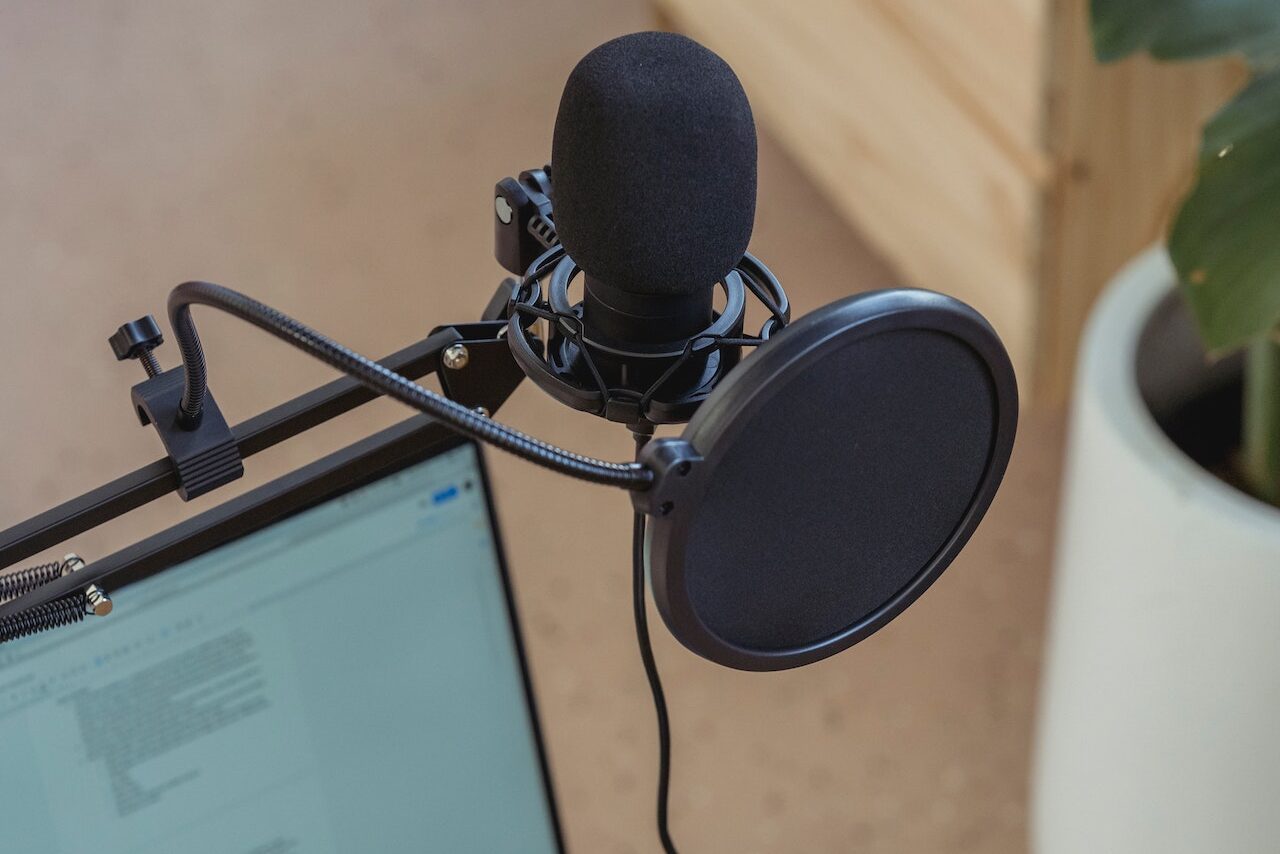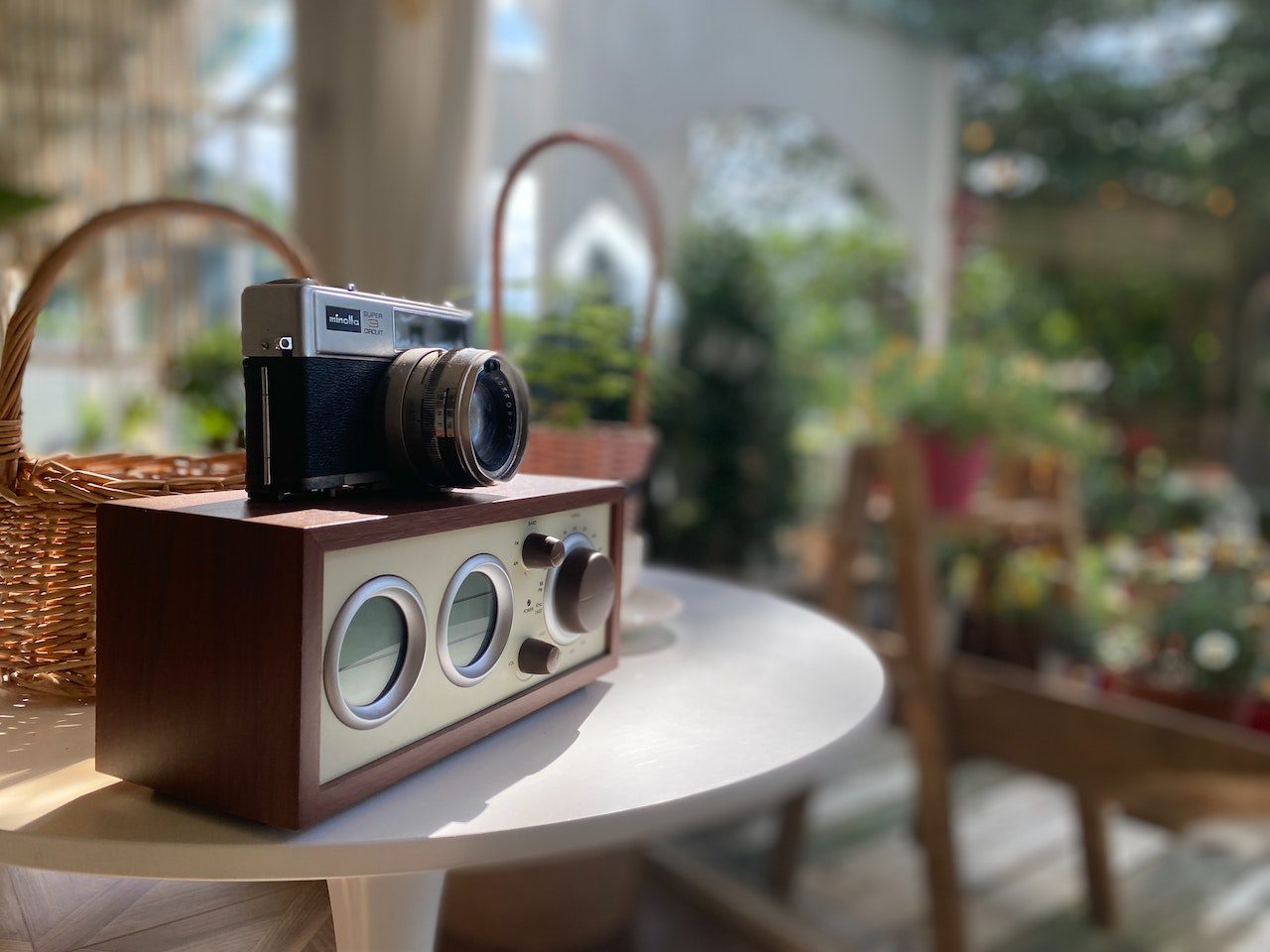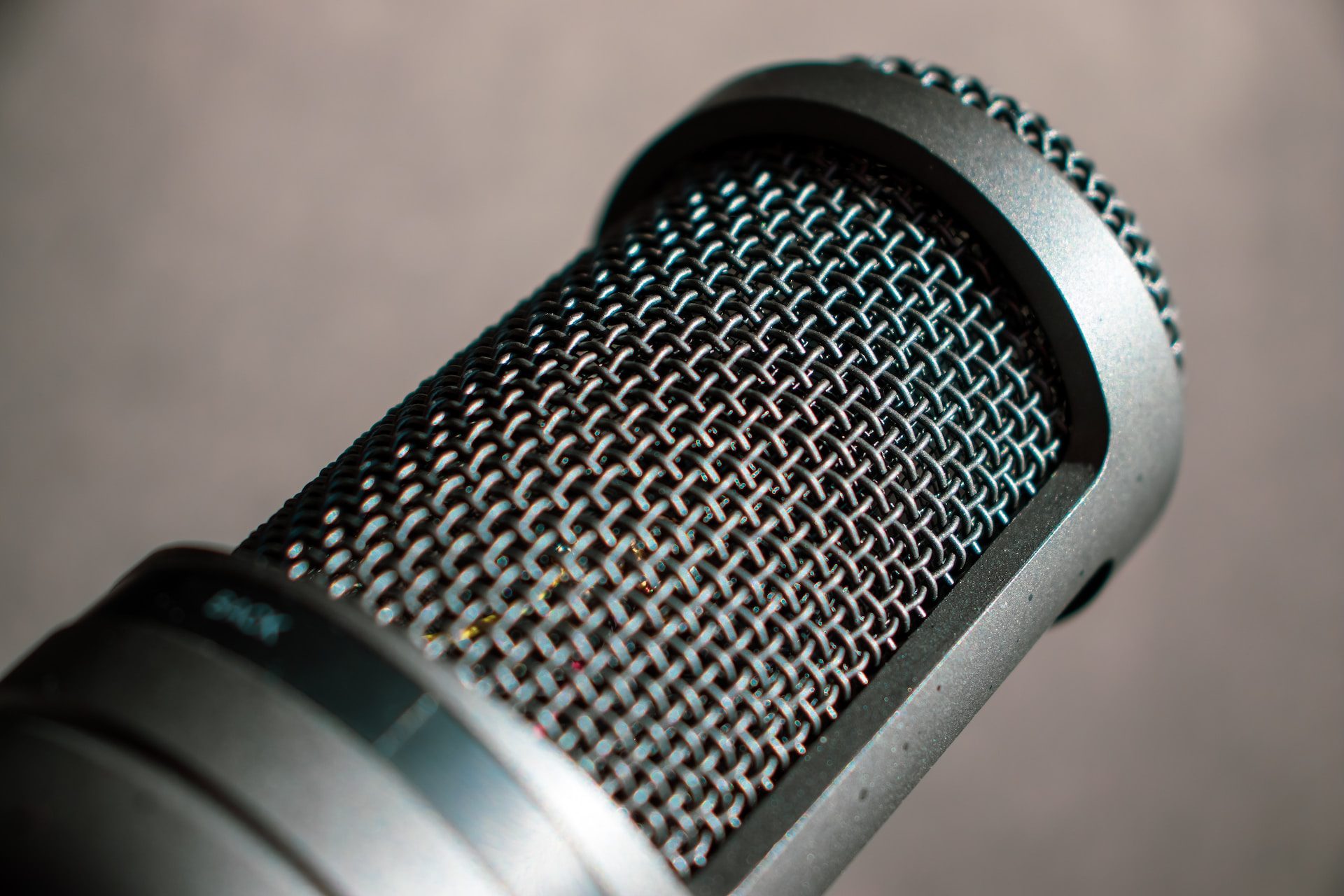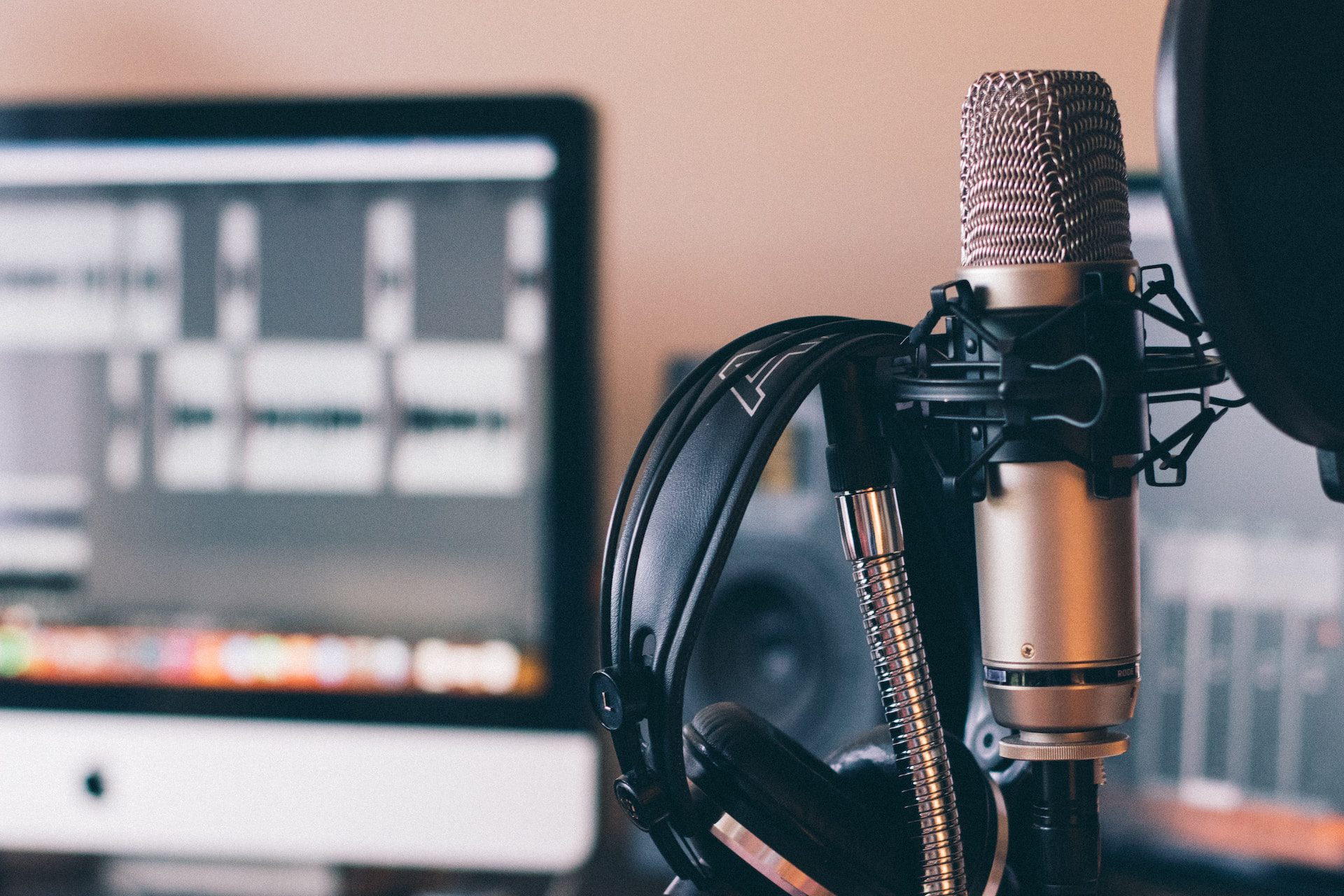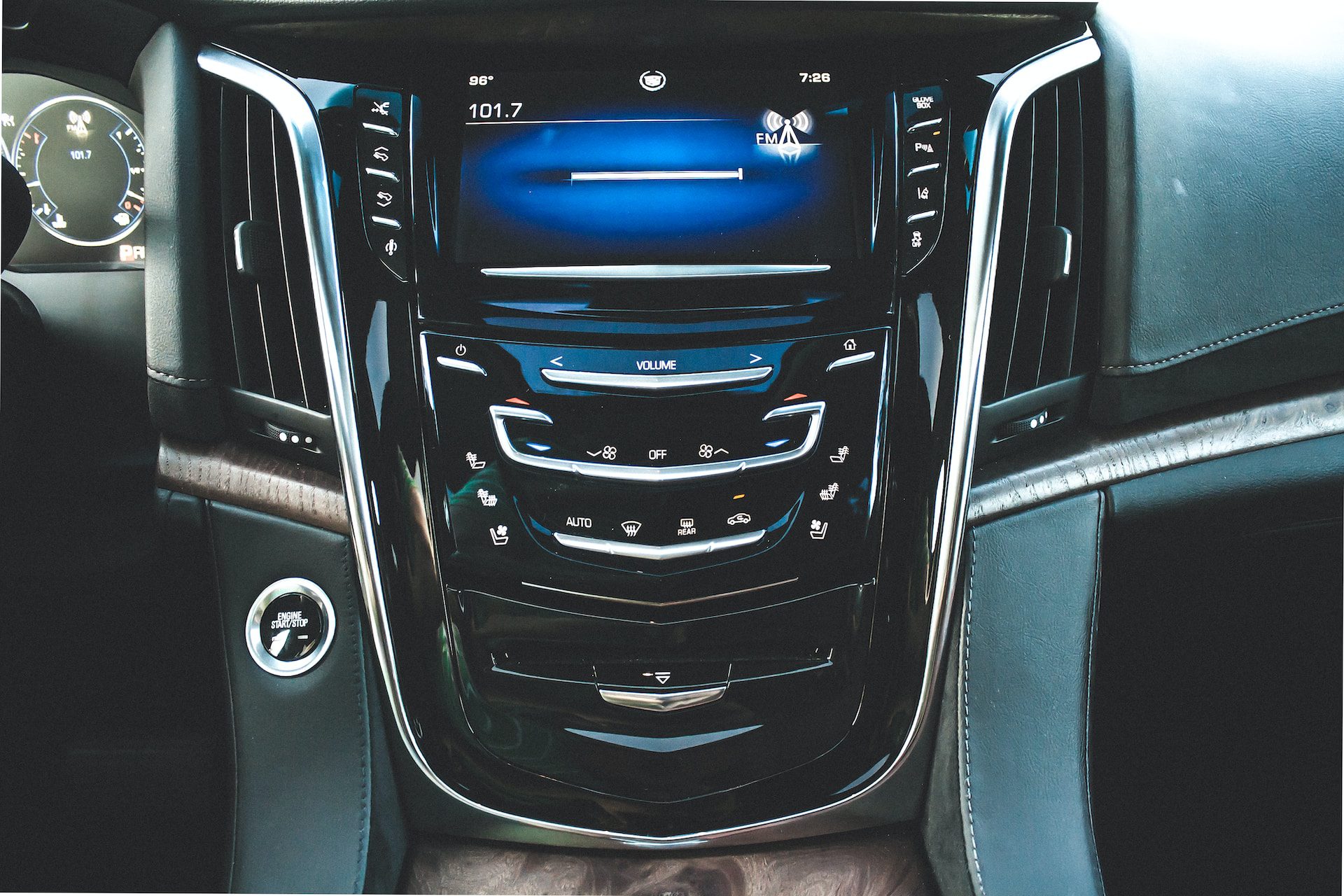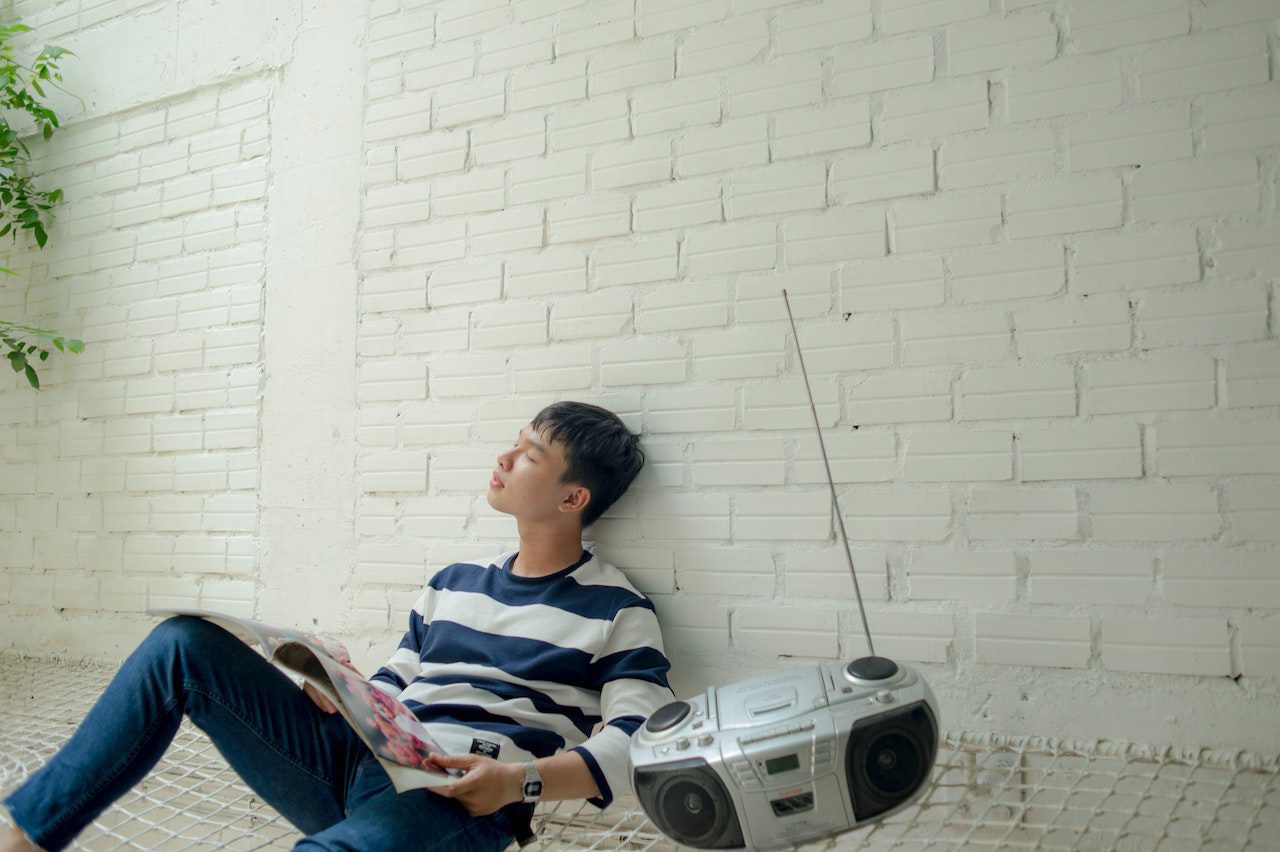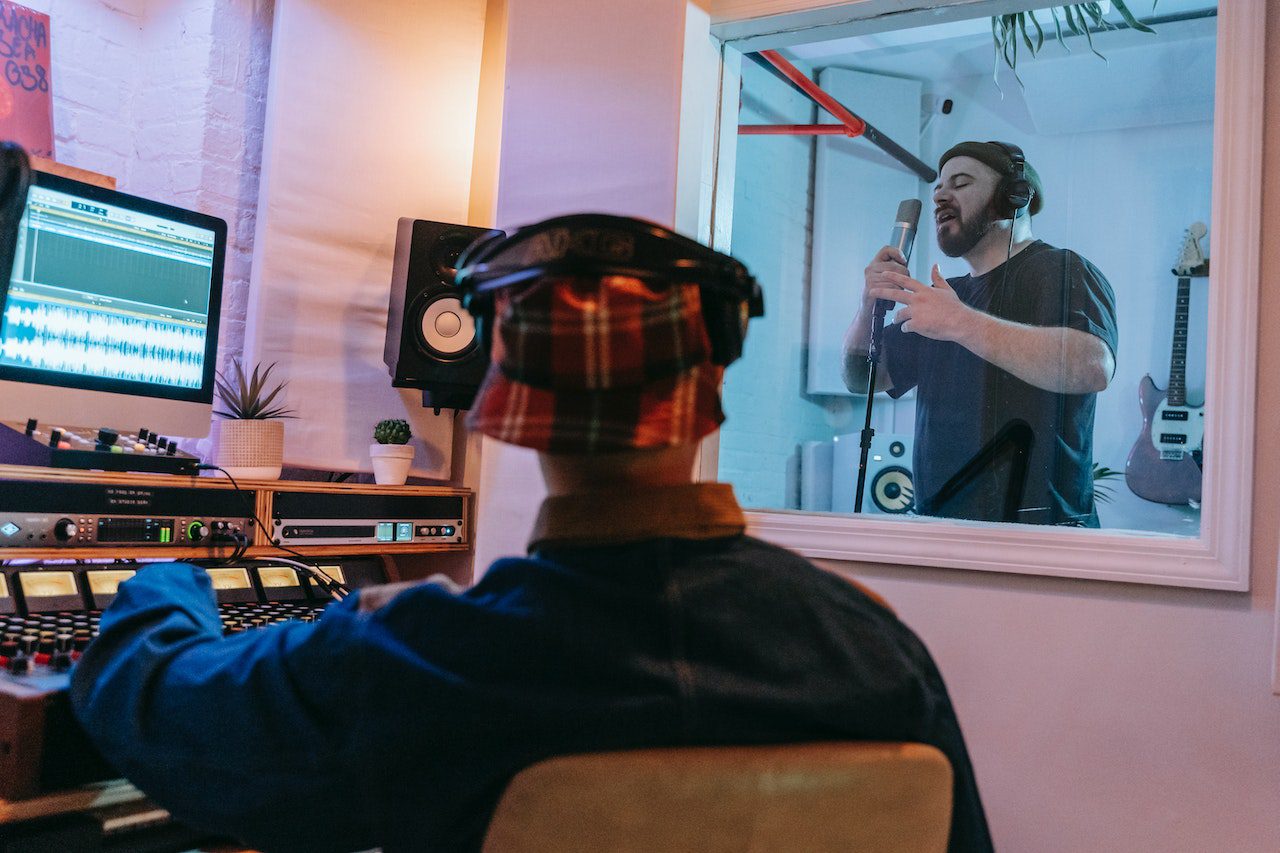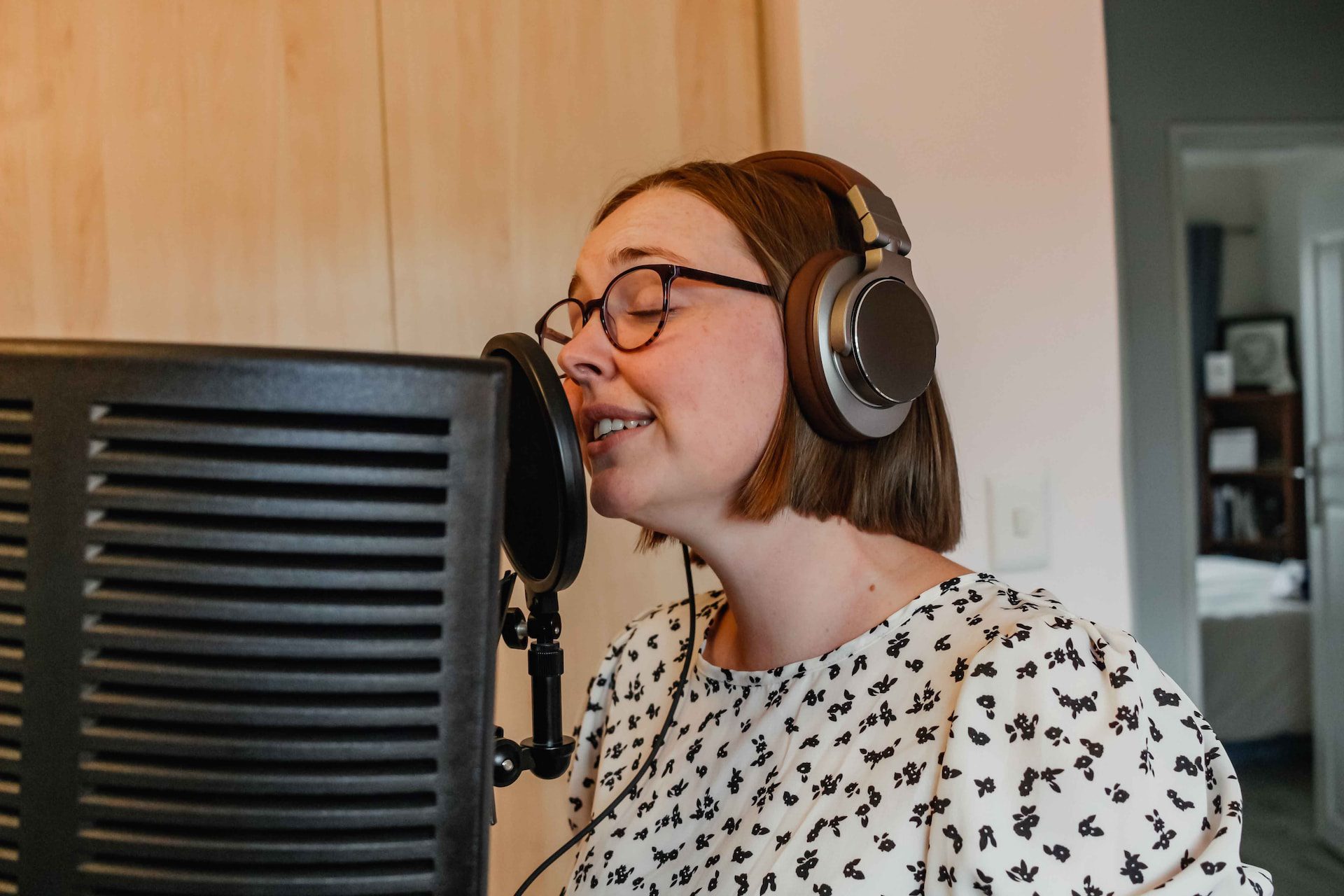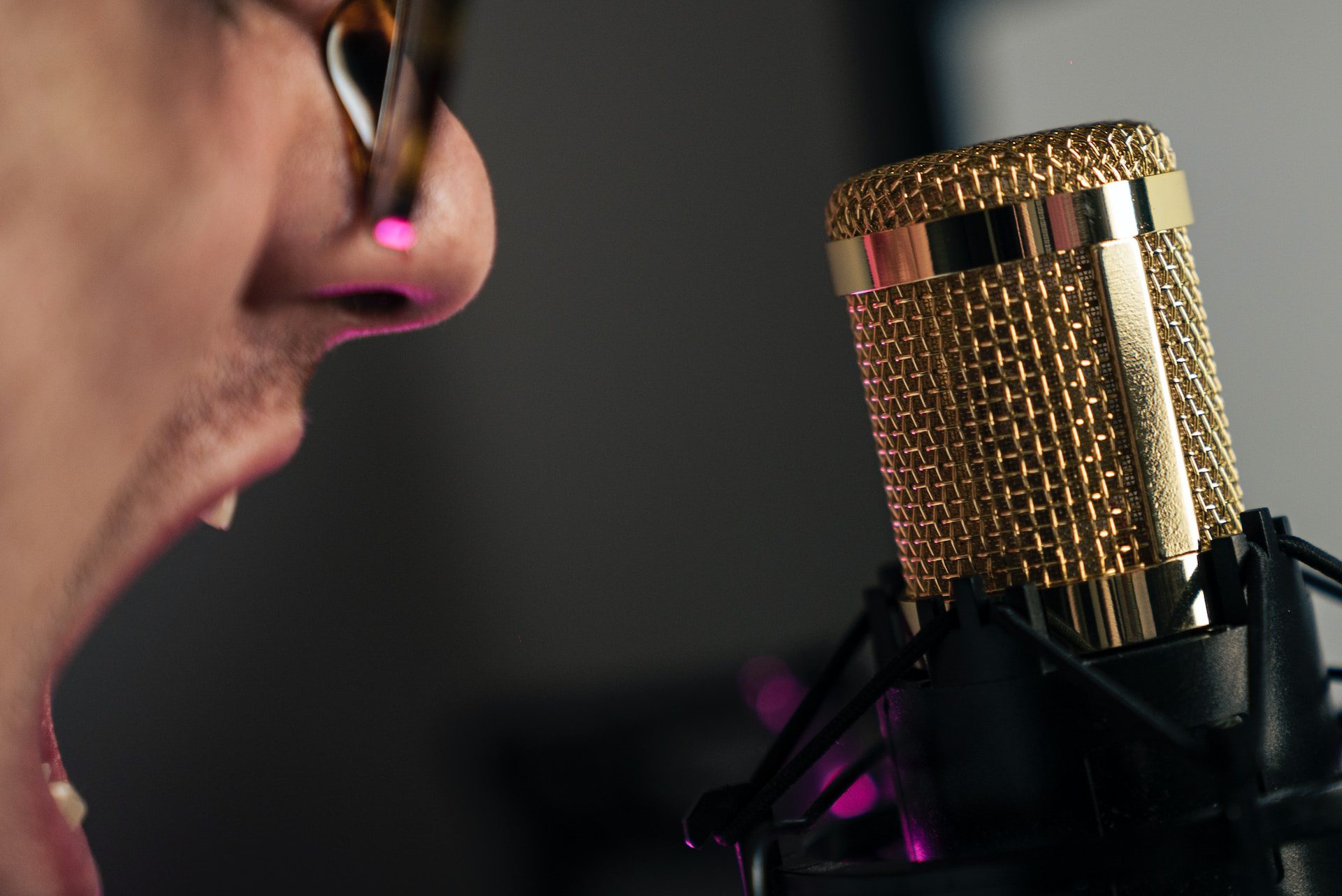In the world of advertising, the saying “make it memorable or don’t bother” resonates deeply, especially when it comes to jingles. Few things have the ability to evoke emotions, transport us back in time, and become ingrained in our minds like a well-crafted jingle. But have you ever wondered what makes a jingle stick? What is the secret formula that makes us hum along and remember a brand even years later?
Before we dive into the intricacies that shape a jingle’s memorability, it’s essential to understand the role of jingles in advertising. In essence, a jingle is a brief and catchy tune embedded with a brand’s message, serving to create a powerful and lasting emotional connection with its audience. The power of these melodies goes beyond recall, as they also serve to foster positive associations and lay the foundation for long-term customer loyalty.
In this blog, we will address the psychological elements that work in tandem with music to make jingles stick in our minds.
The Role of Jingles in Advertising
A jingle is a brief and catchy tune embedded with a brand’s message, serving to create a powerful and lasting emotional connection with its audience. The power of these melodies goes beyond recall, as they also serve to foster positive associations and lay the foundation for long-term customer loyalty. In this section, we explore the various roles jingles play in advertising.
1. Brand Recall: Jingles help audiences remember a brand by creating an audio cue that’s linked to their messaging. The easier it is to recall a jingle, the more likely consumers will associate the melody with the brand itself.
2. Emotional Connection: A well-crafted jingle taps into the emotional side of consumers, evoking feelings of nostalgia, joy, or even humor. These emotions forge a bond between the consumer and the brand, making it more memorable and meaningful.
3. Differentiation: Jingles provide brands with a unique sonic identity, enabling them to stand out in a crowded market and create a lasting impression on audiences.
Unlocking the Psychological Secrets of Memorable Jingles
To understand what makes a jingle stick in our minds, let’s examine the psychological elements that contribute to their memorability.
1. The Earworm Effect: The phenomenon of a catchy tune getting stuck in one’s head is known as the “earworm effect.” Jingles often leverage this effect by using repetitive rhythms and melodies, making them hard to forget.
2. Repetition: Repetition plays a significant role in how our brains learn and process information. Repeated exposure to a jingle increases the likelihood of it becoming embedded in our memory, thereby reinforcing the association with the brand.
3. Nostalgia: Jingles have the power to evoke nostalgia, transporting us back to a particular time or place. This emotional connection can increase the jingle’s memorability and create positive associations with the brand.
Musical Components of Captivating Jingles
In addition to psychological factors, the musical elements of a jingle contribute to its memorability and impact.
1. Melody: A jingle’s melody should be simple, easy to hum or sing along to, and elicit an emotional response. Catchy melodies are key to ensuring that the jingle will be memorable and resonate with the target audience.
2. Rhythm and Tempo: Rhythm and tempo are critical components of a jingle’s musical structure. An upbeat tempo with a memorable rhythm can engage listeners, while a slower tempo can evoke a specific mood or atmosphere.
3. Instrumentation and Vocal Styles: The choice of instruments and vocal styles can shape the overall sound of a jingle, ensuring that it appeals to the desired target audience. A balance of traditional and contemporary instruments, combined with engaging and versatile vocals, can help create a captivating jingle.
The Creative Process of Crafting a Successful Jingle
Combining the psychological, musical, and creative elements is an art form that requires expertise and experience. Collaborating with a marketing agency like KillerSpots Inc. which specializes in jingle production can be a game-changer in crafting unique and unforgettable jingles.
Conclusion
The science behind memorable jingles lies in the intricate balance of psychological, musical, and creative factors working together to create a lasting impact on consumers. By understanding the role of jingles in advertising, unlocking the psychological secrets that make them stick, and incorporating essential musical components, you can craft a contagious and unforgettable jingle for your brand. With the right blend of creativity, experience, and passion, your unforgettable jingle will leave a lasting impression on the hearts and minds of your consumers, elevating your brand to new heights.
Don’t leave your brand’s sonic identity to chance–partner with experienced professionals to create the perfect jingle that captivates your target audience and helps your brand stand out from the competition. At KillerSpots Inc., a contagiously creative full-service digital marketing agency and production house, we have been crafting memorable jingles and radio commercials since 1999. Our team of experienced professionals specialize in creating jingles and radio commercials, including copywriters, composers, and sound engineers, who work together to create jingles that are catchy, memorable, and effective. Let us take your brand to the next level! Contact us today to schedule an appointment!
